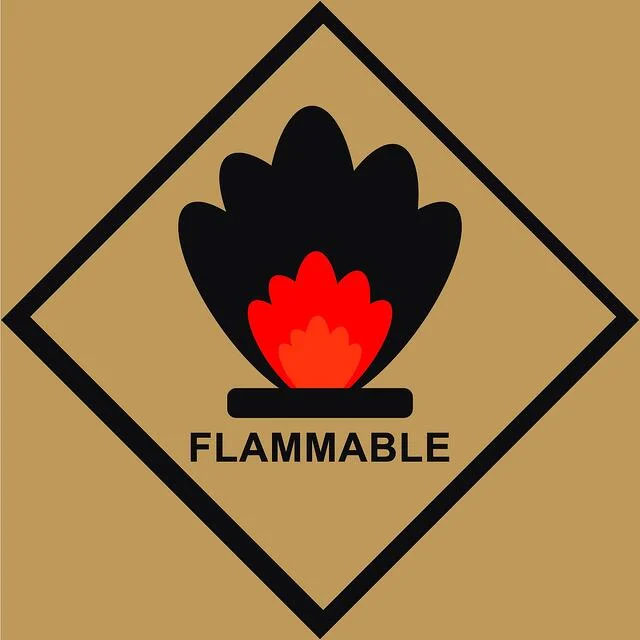
UL 94 is a plastics flammability standard, also known as the Standard of Flammability of Plastic Materials for Parts. This standard was released by Underwriters Laboratories (UL) to classify plastics based on how they burn, with orientation and thickness level determining a plastic’s tendency to extinguish or spread the flame once ignited, and how well the material resists ignition.
The most common components used in industry application and flammability testing are rubber and gasketing materials. Here are a few types of products that benefit from the UL 94 test:
- Battery Cases and Lids
- Electrical appliance enclosures
- Wire enclosures
- Medical Device housings
- Automatic components
- Testing Plastics for Flammability with UL 94
Types of UL 94 Testing
To ensure a plastic’s ability to withstand working applications, material samples undergo the UL standard testing procedure to indicate initial material acceptability. The methodology for UL 94 involves testing for the sole purpose of measuring flammability properties under controlled laboratory conditions.
Testing of the plastic material occurs in either a horizontal burn (HB) or vertical burn (VB) position. During this test, the materials are subject to a flame source for a set duration of time. The test results in one of 12 classifications, with manufacturer and consumer enclosures and insulators falling into the first 6 classes (5VA, 5VB, V-0, V-1, V-2, HB). The next six deal with low density foam as used in acoustical foam materials (HF-1, HF-2, HBF) and thin films as used in electronic circuitry (VTM-0, VTM-1, VTM-2).
Horizontal burning
The HB test only applies the source flame to the sample in one pass. The HB rating indicates that the material has been tested from a horizontal orientation, and found to burn at a rate less than the specified maximum (burning rate less than 76 mm/min for thickness less than 3mm)
Horizontal burning foamed material
5 specimens are prepared and subjected to a 38mm flame in accordance with the prescribed test procedures. Once the flame is removed from the specimen, afterglow and after-flame times are recorded. A piece of cotton is placed below the specimen to catch flaming particles, and it is noted whether or not the cotton ignites. Next, damaged material for each specimen is measured. These criteria conditions determine if the material is classified as 94HF-1 or 94HF-2.
20mm vertical burning test
5 specimens are subjected to a 20mm flame following prescribed test procedures. Once the flame is removed from the specimen, afterglow and after-flame times are recorded. A piece of cotton is placed below the specimen to catch flaming particles, and it is noted whether or not the cotton ignites. These criteria conditions determine if the material is classified as 94V-0 or 94V-1.
Thin material vertical burning test
Conducted on solid plastics, the specimen is wrapped around a mandrel. 5 specimens are subjected to a 20mm flame following prescribed test procedures. Once the flame is removed from the specimen, afterglow and after-flame times are recorded. A piece of cotton is placed below the specimen to catch flaming particles, and it is noted whether or not the cotton ignites. These criteria conditions determine if the material is classified as 94VTM-0 or 94VTM-1.
After UL 94 material testing is complete, the final acceptance of the material depends on conformity to standards of the equipment or product. Assessment characteristics in end-use applications include burn strength, burn intensity, burn rate, ease of ignition, fuel contribution, and combustion products.
The Importance of UL 94 Compliant Products
UL-94 is an independent safety testing certification for industries that manufacture electrical parts and appliances. Here are just a few ways standard flammability testing ensures safety for both end-users and manufacturers:
- Safety hazards are significantly reduced
- Equipment is less prone to malfunction
- End-users minimize replacement costs
- Companies minimize reputation backlash from faulty or dangerous equipment
UL 94 standard is essential when thinking about an insulation solution. The benefits from properly following UL protocol for material testing will save not only money in the long term, but possibly save someone’s life. Work with a reliable materials company to handle UL 94 compliance needs for the appropriate components, and don’t be tempted by shortcuts. Understanding the importance and benefits of UL 94 safety standards is essential for product manufacturing.



